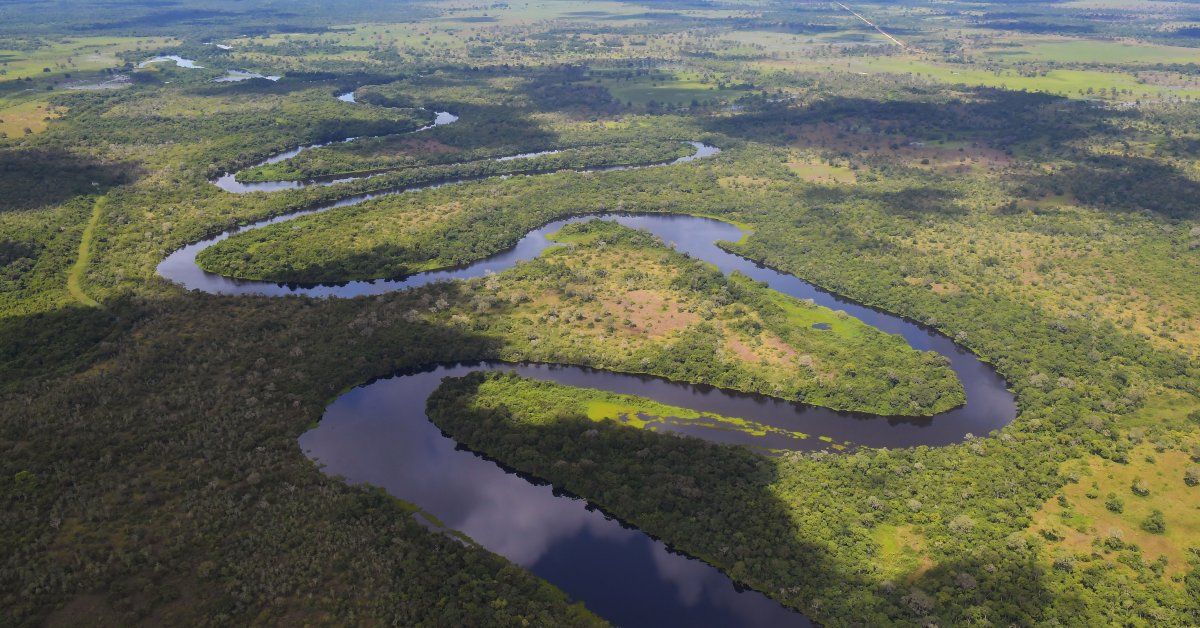- Banned
- #26
Have you got a link to a 3D model created from this?Pretty cool use of LIDAR: Scientists find 60,000 Mayan structures preserved under dense Guatemalan jungle
Follow along with the video below to see how to install our site as a web app on your home screen.
Note: This feature may not be available in some browsers.

 BigFooty AFLW Notice Img
BigFooty AFLW Notice Img
AFLW 2025 - AFLW Trade and Draft - All the player moves
Due to a number of factors, support for the current BigFooty mobile app has been discontinued. Your BigFooty login will no longer work on the Tapatalk or the BigFooty App - which is based on Tapatalk.
Apologies for any inconvenience. We will try to find a replacement.
Have you got a link to a 3D model created from this?Pretty cool use of LIDAR: Scientists find 60,000 Mayan structures preserved under dense Guatemalan jungle
Article with a few pictures from National GeographicHave you got a link to a 3D model created from this?
Log in to remove this Banner Ad
Didn't farming pre date the domestication of animals by about 1500 years. So domesticating animals isn't a pre requisite for farming. Maybe you should of done your homework on Australian plants as staple foods! Australian native plants have been used for thousands of years by Aboriginal people as staple foods. The bush tomato and wattle seed are traditional staple foods collected in Central Australia by the local aboriginal communities. The Aboriginals used wattle seed to make a type of flour. They cooked this often in ovens made in a hole in the ground using hot coals and hot rocks.If you removed all the imported crops (wheat, rice, corn, barley, citrus, legumes, sugar cane etc) and then removed all the imported domesticated food animals (sheep, pigs, chickens, goats, cows) then removed all imported domesticated animals of burden (horses, oxen, camels, donkeys) you would have to make a civilisation from what was indigenous to Australia.
Has anyone yet domesticated and farmed kangaroos, wallabies, wombats, numbats, tassie devils, emus, etc...
Name one native Australian plant that can be used as a staple food crop for a large population?
So there are no native animals that are domesticated for food. No native animals domesticated for labour/power and no domesticated plants that can be grown en masse for food.
How then would you have fed an entire city??
Try it out...gather 1000 people together and supply them with
only native Australian animals and plants (you are free to choose any you like). Then see if you can all survive and prosper building some sort of city and living permanently in the one place.
Nothing you propose would allow for the successful establishment of a permanent human settlement of 1000 people.The post you responded to had 2 questions within the one. One was specifically regarding farming and you gave reasons why. I just pointed out out that farming still could have occurred just like it did elsewhere without the need for domesticated animals. Domesticating animals and domesticating crops took thousands of years not overnight, so I don't see your point asking someone to go pick anywhere in Australia and see if they can feed a permanent city of 1000 overnight, when it took thousands of years for domesticating crops. I should also point out there is currently wattle seed farming.
Carry loads, or transport, I am guessing the wheel could have helped, you now going to claim there were no trees to make wooden wheels to help with loads/transportation. There was no native animals in existence for food? you said it, so they didn't eat Kangaroo or Emu's? Couldn't wood from the trees have helped in building fences, would you like me to pick anywhere in Australia where I could knock down a few trees, build fences, capture some kangaroos and emus and contain them within these fences. You think this is not possible!! Permanent settlements could have been built around these and eventually after thousands of years these could have become larger......not suggesting cities the size of London or Paris....excuses excuses.
https://www.google.com/amp/s/amp.th...e-ancient-eel-traps-recognised-world-heritageNothing you propose would allow for the successful establishment of a permanent human settlement of 1000 people.
Why you finish with “excuses, excuses” is a mystery.
But what is not a mystery is the fact that no permanent human settlement of anything approaching 1000 people appears to have been established in Australia before Euro settlement.
It didn’t happen and I’m proposing it didn’t happen as it couldn’t have happened.
If it could have been done, people were here long enough to have made it so.
Yeah, I reckon a relatively easily available protein source like eels would have been the best bet for establishing a large permanent settlement.https://www.google.com/amp/s/amp.th...e-ancient-eel-traps-recognised-world-heritage
Farming of eels dated at 6,600 years ago and also mentions “a couple of hundred” stone houses surrounding the lake. So there's that..
